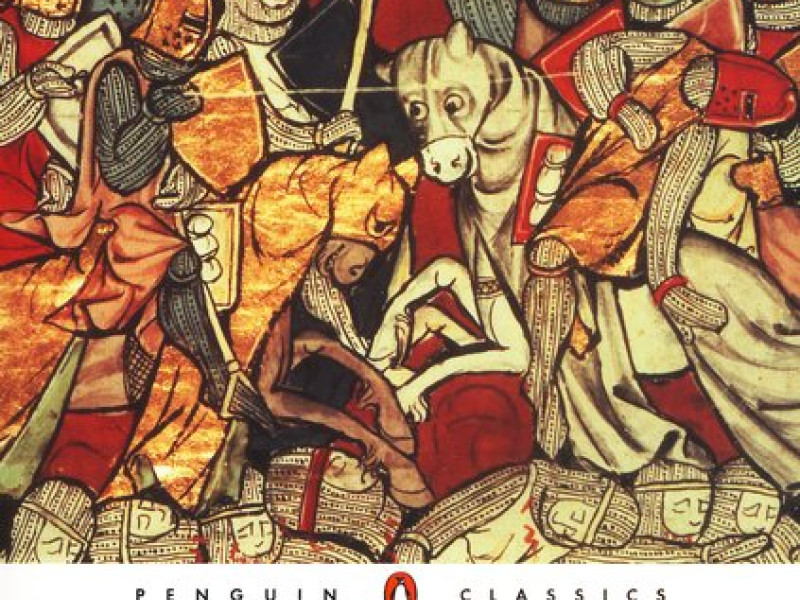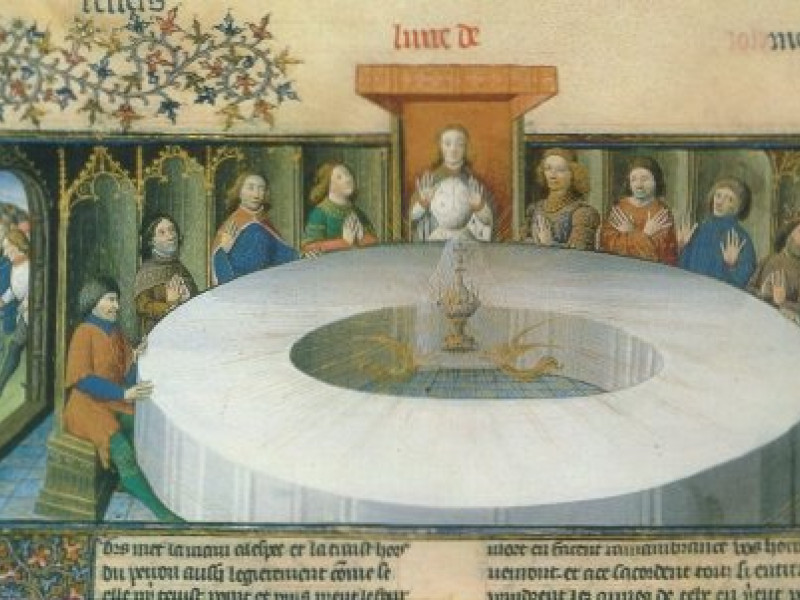Vulgate Cycle
The Vulgate Cycle (early 13th century) forms part of the Lancelot-Grail Cycle. The other part of Lancelot-Grail Cycle consists of the Post-Vulgate romances written around the mid-13th century. Both Vulgate and Post-Vulgate romances influenced Sir Thomas Malory into writing his own Middle-English version in the mid-15th century called Le Morte d'Arthur.
The Vulgate and Post-Vulgate cycles also provided us with alternative legends of Arthur that were told earlier by Geoffrey of Monmouth (fl. 1130-1155) and Wace (fl. 1155-1165). Most scenes had changed from the earlier tales, where the Vulgate romances had either elaborated on existing stories or added completely new adventures. There are also new characters that are not found in the earlier legends, while characters such as Arthur and Gawain have been altered drastically to allow heroes such as Lancelot, Galahad and Tristan to come to the centre stage. You will find the earlier legends of Arthur on the page called the Life of King Arthur.
This page includes an introduction of and background information on the Vulgate and Post-Vulgate cycles, including general information that may interest scholars.
In Timeless Myths, the Lancelot-Grail Cycle has been broken up into five different pages.
Background, containing background information on the Vulgate and Post-Vulgate cycles.
Legend of Excalibur (the sources come from the Vulgate Prose Merlin and the Post-Vulgate Merlin's Continuation (Suite du Merlin). This is the alternative version of the early life of King Arthur).
Lancelot (which was called Lancelot Proper, recounts the tale from the time of the hero's birth to just before the next story began (ie. the Grail quest). Lancelot became the greatest knight in the world due to his love for Guinevere, Arthur's Queen.
Quest of the Holy Grail (which of course, belongs to Galahad's tradition, which is from the French Queste del Saint Graal. The disappearance of the Grail from Britain heralded the ending of Arthur and his kingdom).
The Death of King Arthur (also known as Mort de roi Artu or simply as Mort Artu, tells of the destruction of Arthur's world caused by the disappearance of the Grail and the adultery of Lancelot and Queen Guinevere).
If you want to read more about some background of the Vulgate Cycle, then click on Background.

Tales from Vulgate Cycle and the Post-Vulgate Cycle. You can go to these pages by selecting one of the choices below:
I do recommend that you read these pages in the order listed above.
By Jimmy Joe








